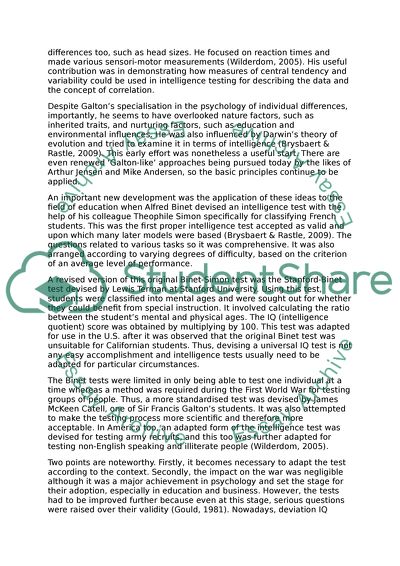Cite this document
(“The historical and conceptual development of intelligence tests in Essay”, n.d.)
Retrieved from https://studentshare.org/psychology/1411714-the-historical-and-conceptual-development-of-intelligence-tests-in-psychology-during-the-modern-period
Retrieved from https://studentshare.org/psychology/1411714-the-historical-and-conceptual-development-of-intelligence-tests-in-psychology-during-the-modern-period
(The Historical and Conceptual Development of Intelligence Tests in Essay)
https://studentshare.org/psychology/1411714-the-historical-and-conceptual-development-of-intelligence-tests-in-psychology-during-the-modern-period.
https://studentshare.org/psychology/1411714-the-historical-and-conceptual-development-of-intelligence-tests-in-psychology-during-the-modern-period.
“The Historical and Conceptual Development of Intelligence Tests in Essay”, n.d. https://studentshare.org/psychology/1411714-the-historical-and-conceptual-development-of-intelligence-tests-in-psychology-during-the-modern-period.


